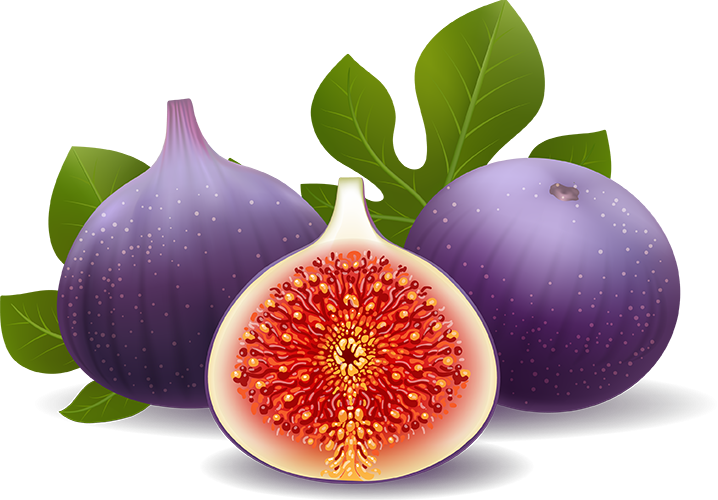Fig Hang Time refers to the period during which figs remain on the tree after they’ve matured but before they’re harvested.
This concept is important in fig cultivation for a few reasons:
Flavor Development:
The longer figs hang on the tree, the more time they have to develop their sugars and flavors. This is crucial for achieving the desired taste profile..
Ripening Process:
Figs are unique in that they do not continue to ripen once picked. Therefore, it’s important to allow them sufficient hang time to reach the peak of ripeness while still attached to the tree.
Texture and Quality:
Along with flavor, the texture of the figs is also affected by their hang time. Overripe figs may become too soft or mushy, while under ripe ones might be too firm or lack sweetness.
Market and Shipping Considerations:
For commercial growers, the hang time also needs to be balanced with market demands and shipping logistics. Figs that are too ripe may not withstand transport well.
In essence, the fig hang time is a critical factor in determining the quality and marketability of the fruit, balancing the need for optimal ripeness with the practicalities of harvesting and distribution.
Natural Sugar Concentration:
As figs remain on the tree, their natural sugars become more concentrated. This process is driven by the gradual evaporation of water from the fruit and the continued photosynthetic activity of the tree. The increase in sugar concentration not only affects the sweetness but also influences the overall flavor profile of the figs.
Disease and Pest Resistance:
Interestingly, the hang time can impact the fig’s resistance to diseases and pests. Overripe figs are more susceptible to fungal infections and might attract more pests, which can compromise the quality of the fruit and even affect the overall health of the tree.
Climatic Influences:
The optimal hang time for figs can vary significantly depending on the climate. In areas with higher humidity or rainfall, prolonged hang time might increase the risk of fruit rot or fungal diseases. Conversely, in dryer climates, a longer hang time might be feasible and beneficial for flavor development.
Varietal Differences:
Different fig varieties have varying optimal hang times. Some varieties might develop their best flavor and texture relatively quickly, while others may benefit from a longer period on the tree. Understanding these varietal differences is crucial for growers to optimize their harvest.
Impact on Post-Harvest Processing:
For figs that will undergo drying or processing into products like jams or preserves, the hang time can influence the quality and efficiency of these processes. Properly ripened figs might require less processing time and could yield a higher quality end product.
Consumer Preferences:
Finally, consumer preferences play a significant role in determining the ideal hang time. Some consumers might prefer a firmer, less sweet fig, while others might favor a very ripe, sweet, and soft fruit. Growers need to consider their target market when deciding the optimal hang time for their figs.
In summary, fig hang time is a multifaceted aspect of fig cultivation, influenced by environmental conditions, varietal characteristics, disease and pest management, and market demands.
The balance between achieving optimal ripeness and maintaining the fruit’s quality during transport and processing is key to successful fig production.

